Idea by
Eduardo Corales Aguilera
Call for ideas 2017
Industrial Parks
Industrial Parks
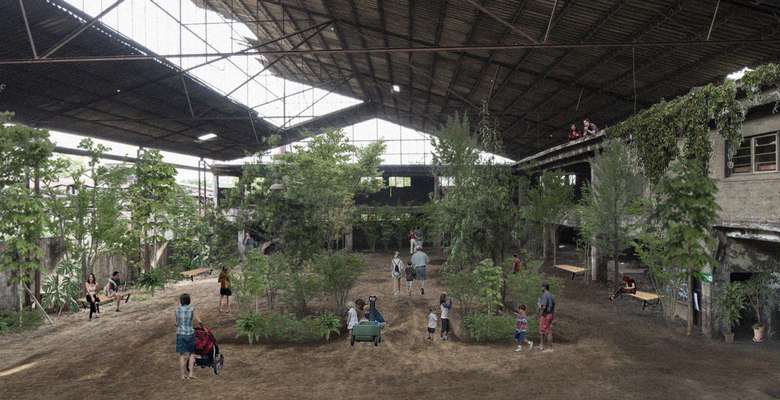
Throughout history industries have been colonizers agents of a territory that in the short term will pass from margin to center.
This strategy, which responds to the logic of not disturbing, comes into conflict when the city grows and encompasses new territories that decontextualize the industrial core of their original productive role, turning them into decadent centers and new ruins in ours cities.
The proposal reorganize the correlative relation between periphery - industry - city under a logic that benefits the integration and cohesion of the territory, in an attempt to retake the industrial vestige as an element of identity and collective belonging.
The industrial ruins must be rethought as a public space that incorporates nature in its architecture, allowing its occupation through plants that form a new botanical garden of free access, using the maintime between ruin and fetishization of it through reuse projects.

We propose to re-equip these industrial parks with the basic infrastructure that guarantees their occupation, keeping the machinery of their productive past, making this ruin a neutral field of operations, where the basics of the intervention helps that what is at stake is exactly the relationship between users and a new ecosystem.
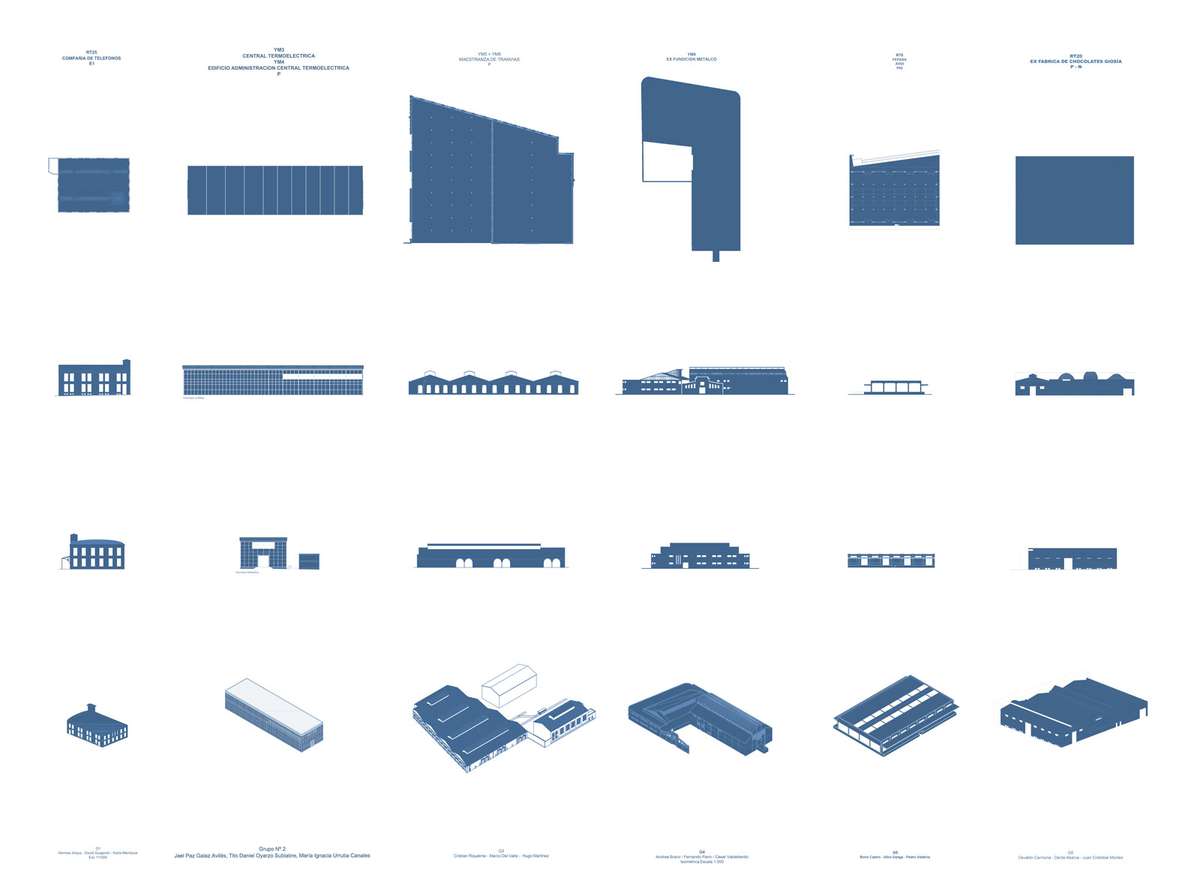
The origin of the project involves the registration of the existing industries in the cities, in order to have a complete map of the situation of these buildings and their possibilities of hosting projects of these characteristics. Generate a database of industrial ruins is the first step to understand the vacancies that a city has and the possibility of value its built heritage.

We speak of abandoned industrial structures that have not been able to adapt to the pase of time, local governments have not taken over (either by resources or negligence) and were the origin of emblematic sectors of the city that now appear petrified against the growth that leaves them obsolete. Their destiny is in check because they have no new alternatives to relate to a new user, with new interests and needs.
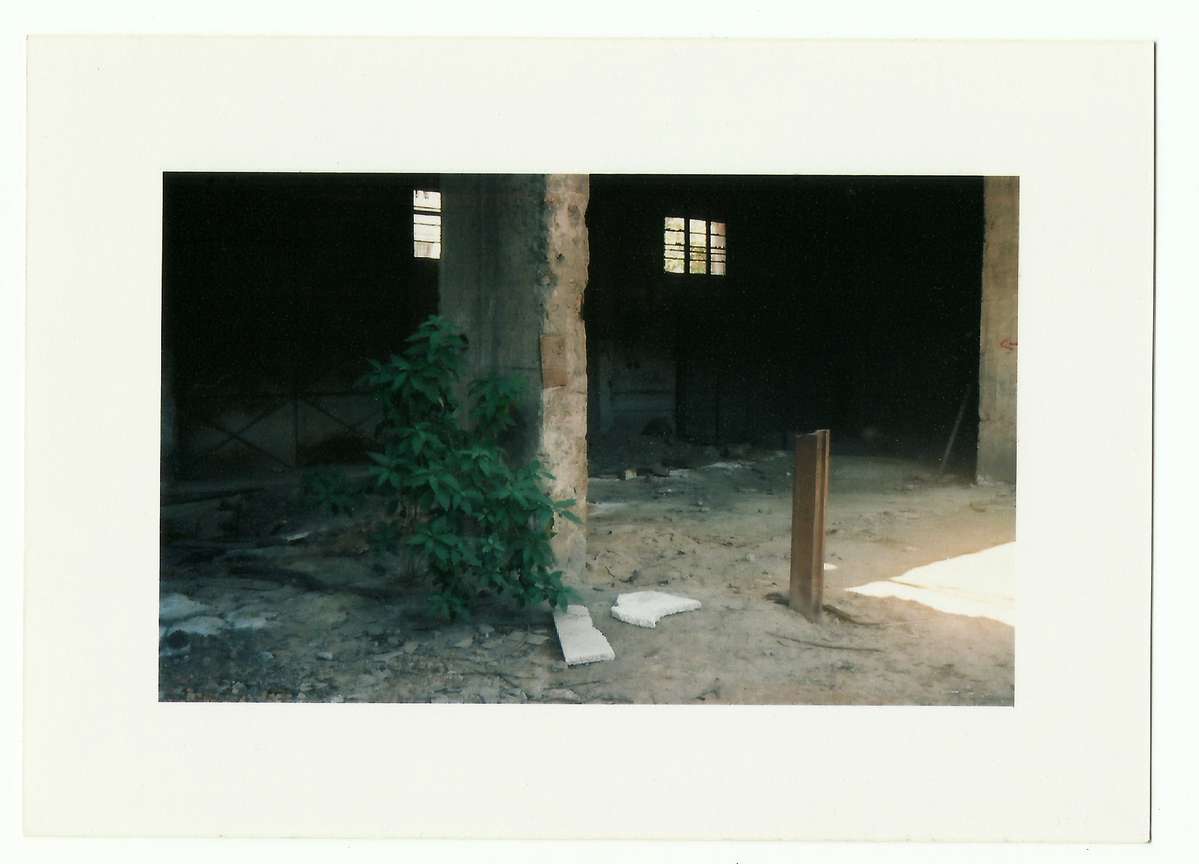
Its character of ruin gives way to new inhabitants and species, which open their way by empowering themselves with their remains without asking permission.
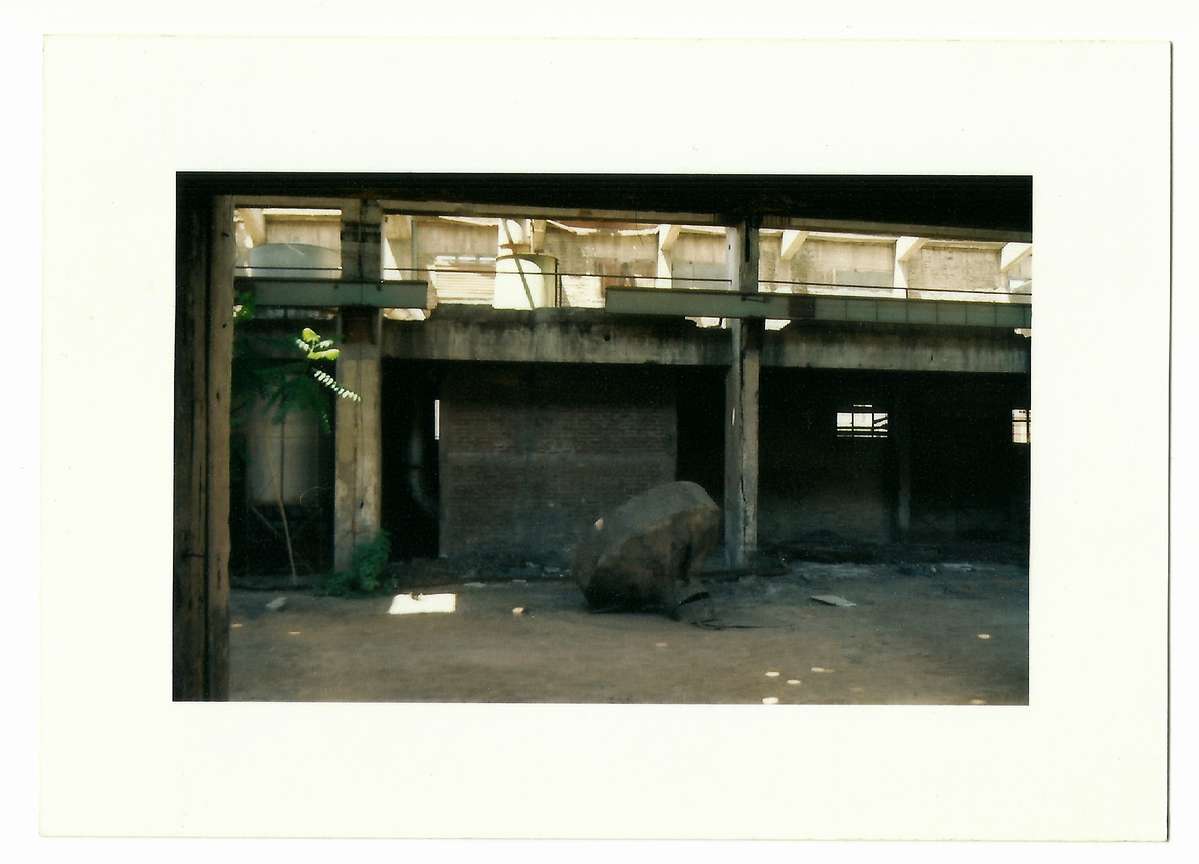
Altering its productivity based on a new ecosystem, we seek to return to the territory what was once his, leaving the time and the climate the rest of the task.
Industrial Parks
Industrial Parks

Throughout history industries have been colonizers agents of a territory that in the short term will pass from margin to center.
This strategy, which responds to the logic of not disturbing, comes into conflict when the city grows and encompasses new territories that decontextualize the industrial core of their original productive role, turning them into decadent centers and new ruins in ours cities.
The proposal reorganize the correlative relation between periphery - industry - city under a logic that benefits the integration and cohesion of the territory, in an attempt to retake the industrial vestige as an element of identity and collective belonging.
The industrial ruins must be rethought as a public space that incorporates nature in its architecture, allowing its occupation through plants that form a new botanical garden of free access, using the maintime between ruin and fetishization of it through reuse projects.
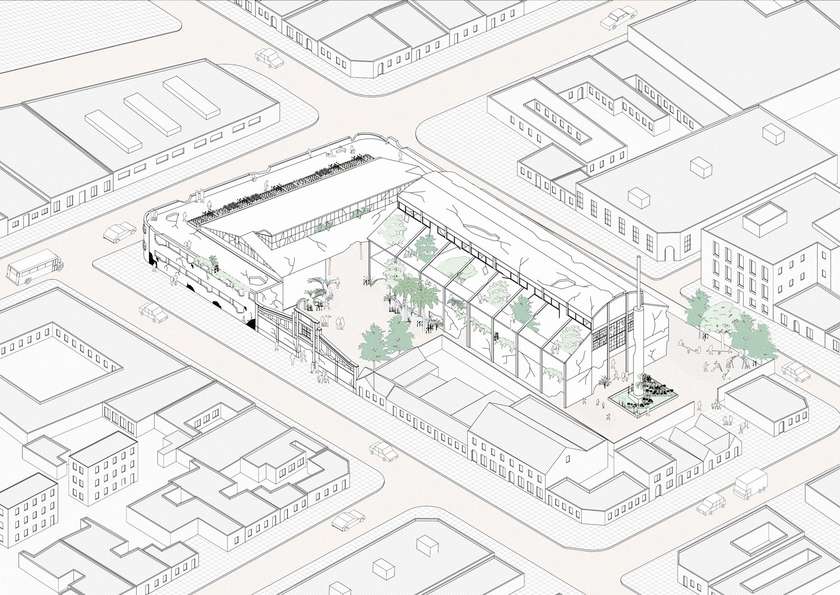
We propose to re-equip these industrial parks with the basic infrastructure that guarantees their occupation, keeping the machinery of their productive past, making this ruin a neutral field of operations, where the basics of the intervention helps that what is at stake is exactly the relationship between users and a new ecosystem.

The origin of the project involves the registration of the existing industries in the cities, in order to have a complete map of the situation of these buildings and their possibilities of hosting projects of these characteristics. Generate a database of industrial ruins is the first step to understand the vacancies that a city has and the possibility of value its built heritage.
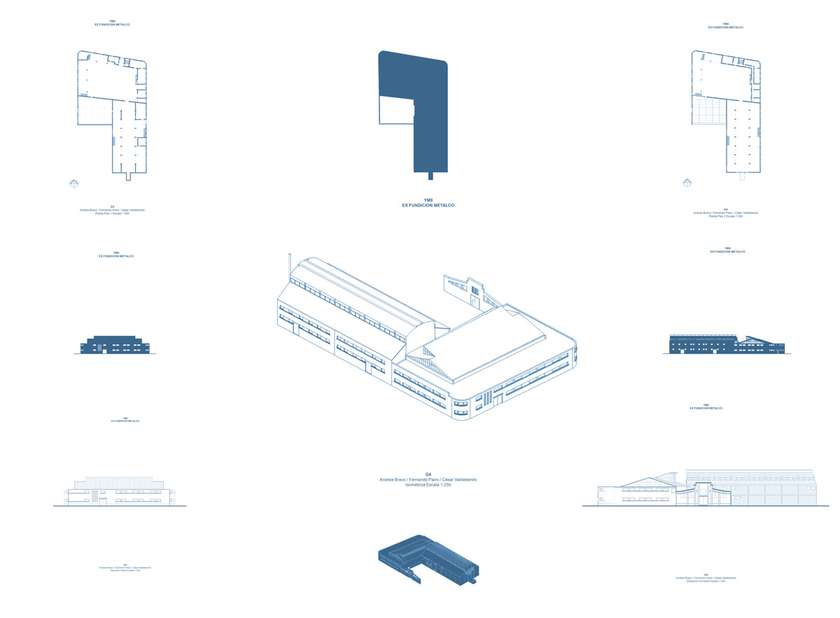
We speak of abandoned industrial structures that have not been able to adapt to the pase of time, local governments have not taken over (either by resources or negligence) and were the origin of emblematic sectors of the city that now appear petrified against the growth that leaves them obsolete. Their destiny is in check because they have no new alternatives to relate to a new user, with new interests and needs.
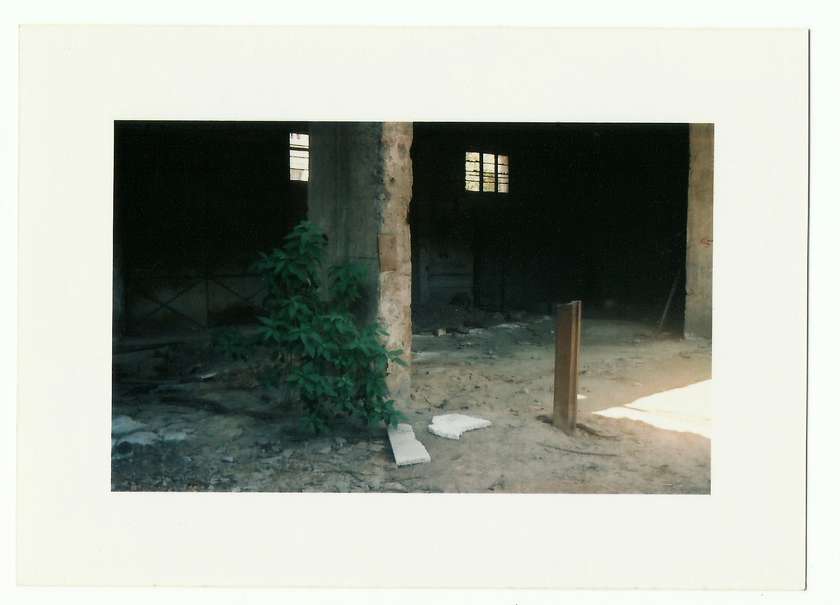
Its character of ruin gives way to new inhabitants and species, which open their way by empowering themselves with their remains without asking permission.

Altering its productivity based on a new ecosystem, we seek to return to the territory what was once his, leaving the time and the climate the rest of the task.